Your cart is currently empty!
Understanding Burn Healing and Recovery
Burn injuries can cause significant damage to the skin and underlying tissues, triggering a complex biological response. The healing process involves multiple phases, including inflammation, tissue regeneration, and scar formation. Understanding how burns heal is crucial for optimizing treatment and improving recovery outcomes.
Phases of Burn Healing
1. Inflammatory Phase (0-5 Days)
Immediately after a burn injury, the body initiates an inflammatory response to control infection and remove damaged tissue. Key characteristics of this phase include:
- Increased blood flow to deliver oxygen and nutrients to the affected area.
- Release of inflammatory cytokines that trigger immune cell activity.
- Formation of a protective scab to shield the wound from external contaminants.
2. Proliferative Phase (5-21 Days)
During this stage, the body works to rebuild damaged tissue and replace lost skin cells. This phase includes:
- Fibroblast activation, leading to the production of collagen, which forms the structural foundation of new skin.
- Growth of new blood vessels (angiogenesis) to supply oxygen-rich blood to regenerating tissue.
- Re-epithelialization, where new skin cells cover the wound.
3. Remodeling Phase (21 Days – 2 Years)
Also known as the maturation phase, this stage strengthens and refines the newly formed tissue. Key processes include:
- Collagen remodeling, where excess collagen is broken down and reorganized to improve skin elasticity.
- Scar maturation, where scars may flatten and fade over time.
- Regeneration of nerve endings, helping restore sensation to the affected area.
Factors That Affect Burn Healing
Several factors influence the speed and success of burn recovery, including:
- Severity of the burn (first-degree, second-degree, or third-degree burns heal at different rates).
- Location of the burn, as areas with more movement may take longer to heal.
- Infection risk, which can delay healing and increase scar formation.
- Patient’s overall health, including nutrition, hydration, and underlying conditions such as diabetes.
Treatments That Enhance Burn Recovery
Wound Care and Dressings
- Antimicrobial dressings prevent infection and promote faster healing.
- Hydrogel and silicone-based dressings help maintain a moist wound environment.
Physical Therapy and Rehabilitation
- Range-of-motion exercises prevent stiffness and improve mobility.
- Scar massage and compression therapy reduce hypertrophic scarring.
Advanced Therapies
- Skin grafts are used for severe burns to replace lost tissue.
- Stem cell therapy is an emerging technique to accelerate skin regeneration.
- Laser treatments help improve scar texture and reduce discoloration.
The science behind burn healing is intricate, involving multiple biological processes that work together to restore damaged skin. By understanding these phases and optimizing treatment, patients can improve recovery outcomes and minimize long-term complications. If you or a loved one has suffered a burn injury, consulting with a burn specialist can provide the best approach to accelerate healing and restore skin health.

Leave a Reply